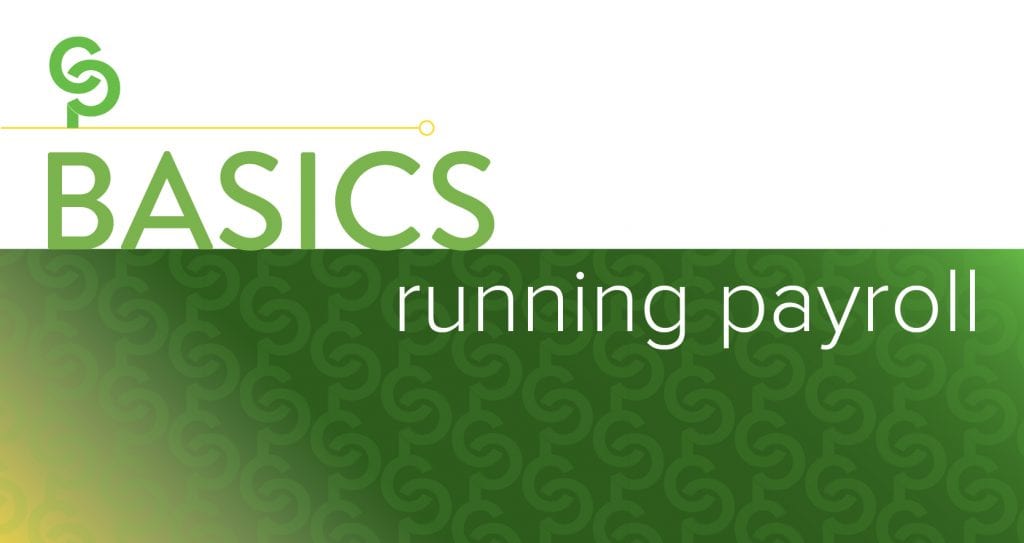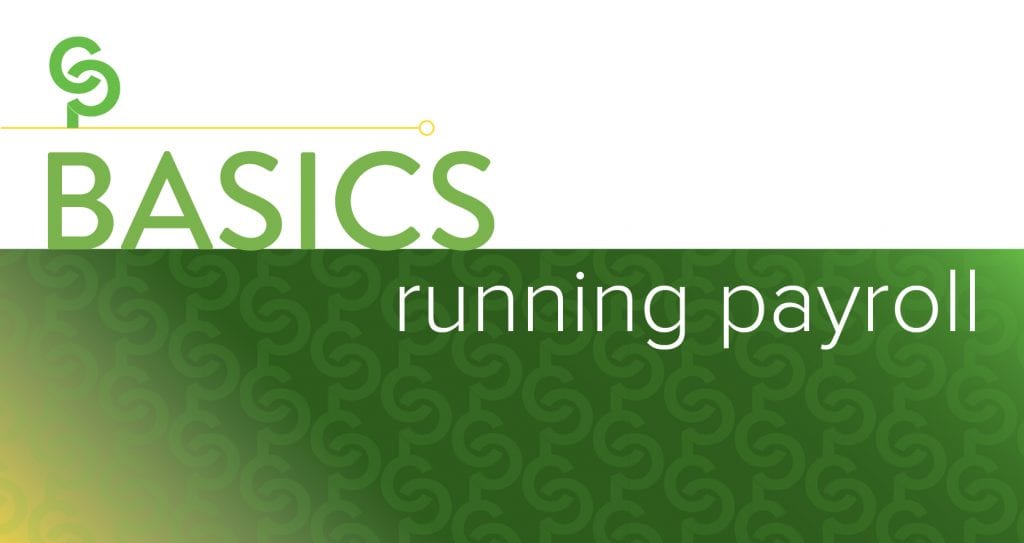
Preparing payroll can be surprisingly complex, and there are a lot of potential pitfalls. All employers should know the basics of payroll processing to keep their businesses running smoothly.
Before running payroll, double-check:
- The pay period (start and end) dates for the pay cycle.
- Address changes. Depending on where the employee moved to, his or her state or local tax withholding may be affected.
- Terminations. What are your state’s rules on final wages? Is severance pay due? Should unpaid vacation or PTO be paid out?
- Employee benefits changes, such as adjustments to insurance premiums or 401(k) contributions.
- New hires. Do you have all the information needed to accurately pay the new employee for the first time?
- Form W-4 or state and local withholding changes.
- Pay changes, such as wage or salary increase, retroactive pay and supplemental wage payments like commissions and bonuses.
- Modifications to employees’ work schedules.
- Direct deposit changes.
- Status changes, such as employee transfer or leave.
Be sure to verify employees’ time card hours, including regular and overtime hours. If the time card shows missing or inaccurate data, get clarification from the authorized person. Make sure salaries are correctly entered into the system.
5 steps to running payroll
- Calculate employees’ gross to net, or take-home, pay. Net pay is derived from the employee’s base wages or salary and any additional compensation, plus mandatory and voluntary deductions.
Mandatory deductions include federal, state and local taxes, wage garnishment and payments for legally required benefits. Voluntary deductions include company-sponsored benefits, such as health insurance and flexible spending accounts that the employee chooses to accept.
Note that this entire step is highly complex, but it can be simplified by using payroll software. - Run reports to verify that Step 1 is correct for each employee. Ensure all changes that needed to occur did in fact occur. Keep repeating this step until everything is balanced and accurate.
- Administer direct deposit and other methods of payment, such as pay cards and paper checks. This step involves sending the direct deposit file to the bank and confirming receipt, printing paper checks and preparing pay stubs.
- Run a payroll register after closing the payroll to confirm that the posted information is correct. If there are imbalances, fix them promptly — before payday.
- Generate payroll tax reports. Employers must typically make payroll tax deposits to the Internal Revenue Service on a monthly or semiweekly basis. They must also file wage reports with applicable state and local agencies. From a federal standpoint, verify that employees’ federal income tax, Social Security tax and Medicare tax withholding amounts plus your share of Social Security tax, Medicare tax and federal unemployment tax for the reporting periods are correct.
Keep in mind that this is just a general overview of running payroll. Your ConnectPay Client Service Representative can help you make sure you’re aligned with federal and local regulations and best practices.
Copyright 2019









